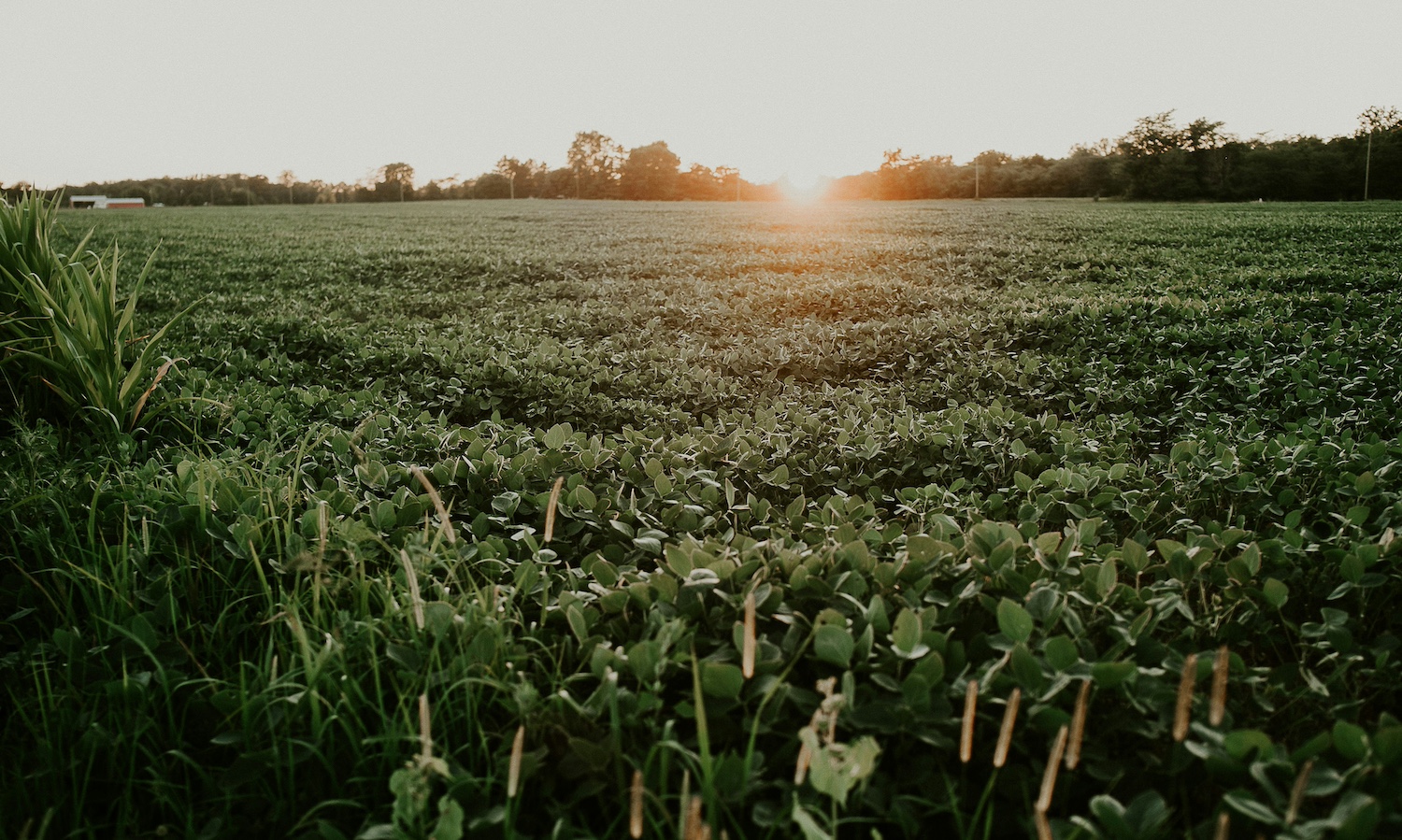The Wall Street Farm Bill was precisely the sort of law that President Truman warned about in 1948. The sort of balance encouraged by the New Deal Farm Bill preserved economic stability and insulated farmers from fluctuations in prices. But the new law neutralized or eliminated all provisions that were designed to maintain balance. Instead, the Wall Street Farm Bill directed most of the subsidies to incentivize overproduction of a handful of key commodities, particularly corn and soy.
Under the New Deal Farm Bill, a farmer faced with low corn prices could switch to another crop or even idle a portion of farmland in exchange for financial support. The new law removed any motivation to conserve land. Instead, farmers were encouraged to grow corn and soy whether prices were high or low, even on the most marginal land.
The incentive to grow corn under the Wall Street Farm Bill is so strong that processors like Cargill have sought out new uses for the crop. Production of ethanol—a fuel typically derived from corn—exploded in the years after the Wall Street Farm Bill was passed. In fact, it’s now the single largest use of American corn. Yet the idea of burning corn in cars as an effective fuel source is largely known to be a farce. The Museum of Failure even included a display on ethanol.
Instead of growing a variety of crops and raising animals, most farms now rely on a commodity crop or two. That’s why less than 10 percent of farms still have animals. Previously, it was cost-effective for farmers to graze their cattle or grow their own feed. But the grain surpluses incentivized by the Wall Street Farm Bill led to subsidized cheap feed, giving rise to the sorts of industrial factory farms that make up the Hog Baron’s empire.
One problem with this system is that growing only corn or soybeans year after year is like investing all your savings in one company, which any financial advisor would tell you is a bad idea. During an economic shock, family farmers relying on one or two crops often wind up bankrupt, while the big boys are more likely to have the resources to withstand the downturn. The exhortation by Benson and Butz for farmers to “get big or get out” finally came to fruition, with the average size of a farm nearly doubling from 650 acres in 1987 to 1,201 acres twenty-five years later. Meanwhile, Black ownership of farmland has declined significantly, from 16–19 million acres in 1910 to fewer than 3 million today. Black farmers now represent just over 1 percent of all American farmers.
As farms consolidate, more and more of the wealth leaves rural communities and flows to the Cargills of the world. Most land in Iowa is not even farmed by owners anymore. The loss has choked local economies and hollowed out towns. While he was fighting President Reagan’s attempt to gut the New Deal Farm Bill, Senator Harkin pointed to a study that compared two agricultural communities: one composed mostly of family farms and another crowded with giant corporate producers. At the time, and even more so in a follow-up study conducted decades later, the community composed of family farms was healthier in every sense of the word, from higher income levels to more locally owned businesses and a more robust civic life.
The Wall Street Farm Bill was justified as a “free market” approach that would reduce costs, but these massive subsidies made it the most expensive Farm Bill yet. In truth, the only farmers who truly operate in a free market are the local community-supported agriculture (CSA) farmers, who usually grow a variety of produce with almost no government financial support.82 The phrase “free market” takes on a dark double meaning when you realize that these farmers earn so little that they are practically working for free.
Although the Wall Street Farm Bill has been repeatedly extended and tweaked since 1996, the core of the law has remained the same. The interlocking programs that used to be part of a larger scheme designed to diffuse power in the system, give a leg up to family farms, and protect the health of the soil and the environment now exist just to heavily subsidize a handful of coarse grains. And no company was better positioned to take advantage of this new system than Cargill.
From Barons: Money, Power, and the Corruption of America’s Food Industry by Austin Frerick. Copyright © 2024 Austin Frerick. Reproduced by permission of Island Press, Washington, D.C.
Photo courtesy of Meredith Petrick, Unsplash











